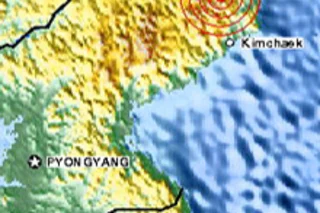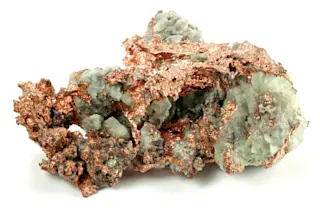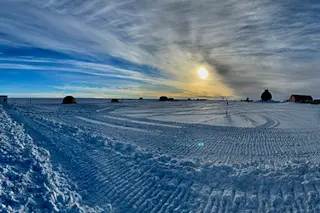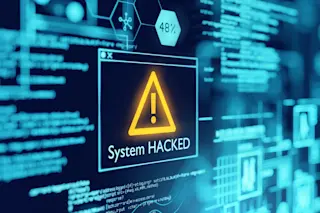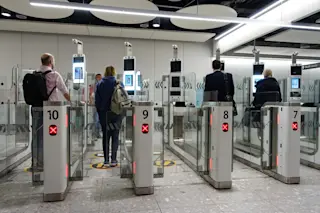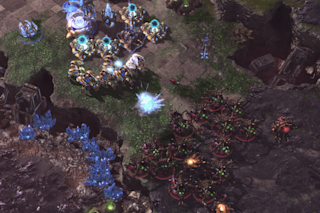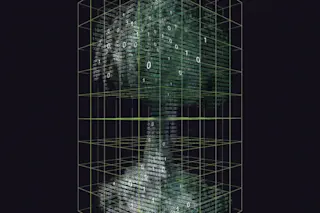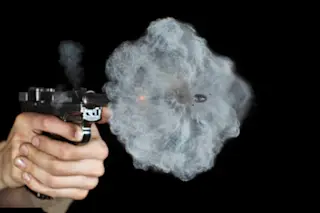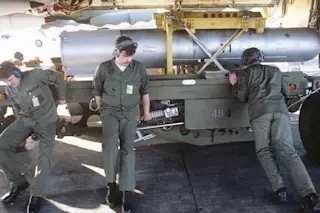Even before North Korea announced that it had conducted its second underground test of a nuclear weapon, scientists around the world were putting together a picture of what had happened. With a combination of seismic and radiation monitoring, scientists expect to soon have a working idea of how far the rogue nation’s nuclear program has advanced.
At 9:55 a.m. local time on Monday, two seismic monitoring stations on the Japanese coast detected seismic waves coming from the area where North Korea last tested a nuclear weapon, in 2006. The region has little natural seismic activity, and experts noted that the waves didn’t match patterns produced by earthquakes. Movements along natural fault lines transmit most of their energy through ‘s-waves’, whereas explosions at a single point release a greater proportion through compressional p-waves. In the waves detected in Japan, the s-wave component was just one-fifth that of the p-wave. “You can’t ...


